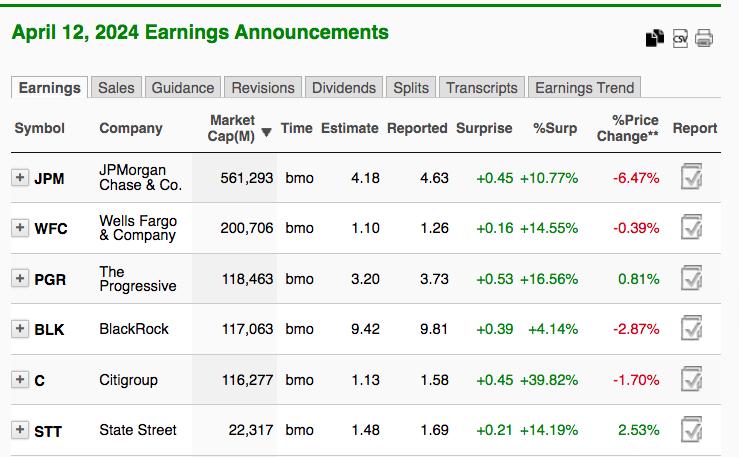The Link between Financial Indicators and Market Performance
The complex world of stock market analysis can often be overwhelming for beginners and experienced investors alike. One particular area of interest that garners significant attention is the interpretation of financial indicators as warning signals for market movements. In recent times, the discussion surrounding the correlation between financials and market trends has taken center stage, prompting investors to pay closer attention to these key metrics.
One of the primary financial indicators that has been closely scrutinized is the Price-to-Earnings (P/E) ratio. This metric is a popular tool used by investors to assess a company’s valuation relative to its earnings. A high P/E ratio typically indicates that a stock may be overvalued, while a low ratio may suggest undervaluation. Investors often compare the P/E ratios of different companies within the same industry to identify potential investment opportunities.
Another crucial financial indicator that investors track is the Debt-to-Equity (D/E) ratio. This metric provides insights into a company’s leverage and financial health by measuring the proportion of debt to equity on its balance sheet. A high D/E ratio can signal that a company may be carrying too much debt, which could potentially lead to financial instability and higher default risk. On the other hand, a low D/E ratio indicates a healthier financial position with lower risk exposure.
Analyzing these financial indicators in conjunction with broader market trends can provide investors with valuable insights into potential market shifts. For instance, a rising P/E ratio across multiple companies within an industry may suggest an overvaluation bubble, leading to a potential market correction. Similarly, a sharp increase in the D/E ratios of prominent companies could indicate growing financial stress within the market, triggering a sell-off.
In addition to monitoring traditional financial indicators like the P/E and D/E ratios, investors are increasingly turning to alternative data sources to gain a competitive edge in the market. These non-traditional datasets, such as social media sentiment analysis, web traffic statistics, and satellite imagery, offer unique perspectives on market dynamics and can complement traditional financial indicators in predicting market movements.
However, it is essential for investors to exercise caution when interpreting financial indicators as warning signals for market performance. While these metrics can provide valuable insights into the fundamental health of individual companies and industries, they should be used in conjunction with other factors, such as macroeconomic trends, geopolitical events, and market sentiment, to make well-informed investment decisions.
In conclusion, the link between financial indicators and market performance is a critical aspect of investment analysis that requires careful consideration and interpretation. By closely monitoring key metrics like the P/E and D/E ratios, investors can gain a better understanding of valuation trends and potential market risks. Additionally, integrating alternative data sources into their analysis can provide investors with a more comprehensive view of market dynamics and enhance their decision-making process in today’s complex and ever-changing investment landscape.
